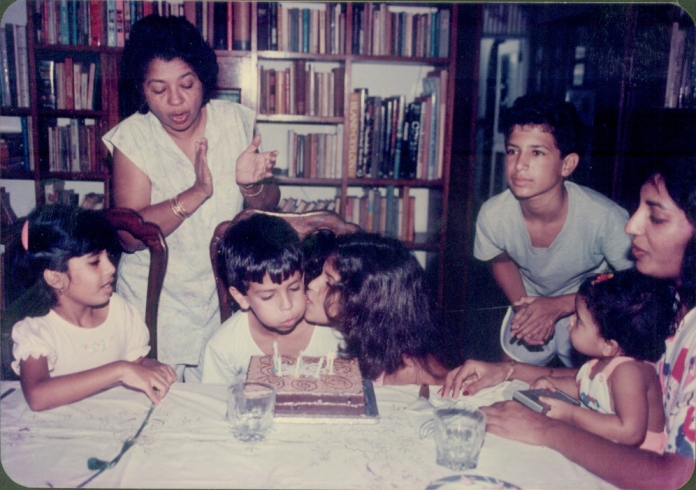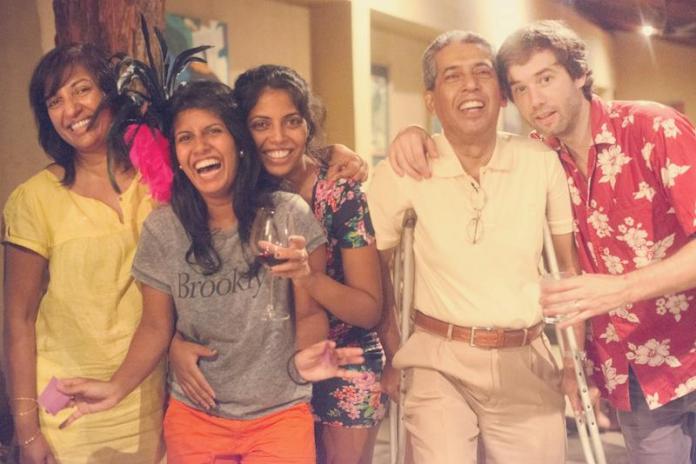Family is synonymous with mealtimes in Sri Lanka; if you know any Sri Lankans in your circle of friends/family, you will notice that everyone refers to their parents and their friends as ‘Auntie or Uncle’ or that we have our own dialect of unofficial ‘Sri Lankan English’.
The country itself is a brilliant oxymoron. Everything happens in its own ways. If you come to Sri Lanka, or you have been, you may realise that there are no fancy Sri Lankan restaurants in the country and if you want to eat authentic Sri Lankan cuisine, it has to be either on the roadside or in someone’s house.
My best memories of eating are with my extended family. My father comes from a large muslim family, with nine brothers and sisters. Each of my aunts/uncles had at least two kids, so you can imagine how big the Marikkar Clan is! On my mom’s side, my grandparents only had two children, but my aunt had four wonderful kids that I call family. My family is a mix of cultures and nationalities that include and not limited to Sri Lanka, Italy, America, Britain, the Maldives, Singapore, and Indonesia!
What a lot of people don’t know and take for granted is that Sri Lankan food, much like Italian food, is very regional. And as my nine Uncles and Aunts married muslims from different parts of the country, all the food that each household cooks is authentic and unique to them. It’s also important to note that most curry powders are roasted at home, so every household will have a different base for their curries, and no two curries will ever taste the same.
I decided to create this blog, as an ode to my family and the amazing taste of Sri Lankan curry and give those curry recipe seekers an easy method to making brilliant curry.
Happy cooking!
Love,
The Lady of Lanka

All my female cousins on my dad’s side (the Marikkars) at my sister’s wedding. Aren’t they lovely?

This photo has to be in 1988, this was a common practice of having Sunday Lunch at my Grandparents house! Clearly this was my cousin, Govinda’s birthday.

This was our old kitchen in my house in Sri Lanka. Although not the main house for family gatherings, it was where one of the special gatherings would take place! We had always soft drinks or faluda to accompany our meals! However, I HATE FALUDA! Rose Sherbet, gah!

These guys are the best. Pictured at christmas after my two day epic cooking fest, lots of wine and brandy later. I think my dad stole those crutches from one of our 35 guests every christmas day lunch. Left to right: my mom, my sister, me , my Dad and our British import, my brother in law.


































